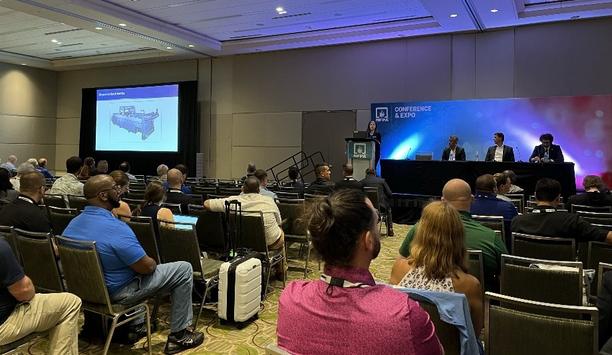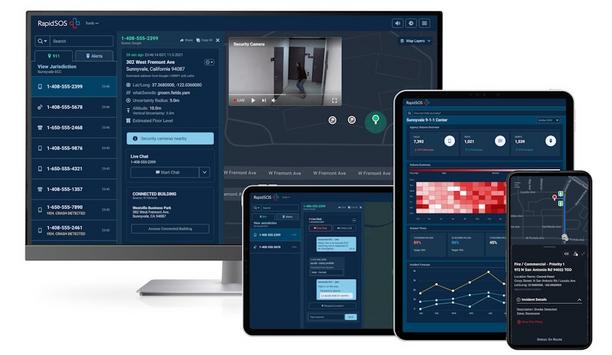The first volunteer firefighters in the United States predate the advent of career firefighters by more than a century. Benjamin Franklin started the first volunteer firefighting brigade in 1736, while the first professional fire department was established in Cincinnati in 1853. Still, recent growth has trended away from volunteer firefighting and toward more paid career firefighters.
Recruiting firefighting volunteers
For one thing, firefighting volunteers currently are harder to recruit and manage, given that family and employment priorities overshadow volunteerism in our busy lifestyles.
There is a rich legacy of volunteer firefighters sacrificing their time and energy to ensure fire safety, but volunteers can be inherently unreliable if they are unavailable for duty in an emergency because of family or employment commitments.
Cause of concern
Volunteer departments are seeking to transition to paid departments or a hybrid of the two
Most volunteer fire departments are struggling to attract and retain members. Volunteer numbers have declined steadily since the 1980s, and economic and population growth is overtaking some rural areas where volunteer departments previously might suffice.
Increasingly, volunteer departments are seeking to transition to paid departments or a hybrid of the two. Even locales where volunteer departments are still workable are beginning to see the handwriting on the wall.
declining volunteerism
Eventually, the trend of declining volunteerism will impact any department. It is too late to take action when there are not enough active firefighters for a sufficient crew.
Transitioning from a volunteer to a paid department cannot be accomplished overnight, but rather requires months of planning involving many stakeholders. Almost any volunteer department would do well to think ahead.
Transition to a paid fire department
A major consideration in any transition from volunteer to paid fire departments is funding
The pace of change and the various problems during the transition will vary widely by the department and will depend on the leadership’s ability to manage change.
A major consideration in any transition from volunteer to paid fire departments is funding, both for the immediate transition and to maintain the additional costs over time. The worst-case scenario is to create a paid department, put people on duty, buy vehicles and equipment, and then not be able to afford it all over time.
Considerations
Here are some considerations when seeking to transition from a volunteer department to a paid firefighter department or a hybrid approach:
1) Stress transparency when making the transition:
Individuals will want to understand their shifting role in the changing organization
Changing from a volunteer to a paid department is a complicated process and can be controversial. Resistance to change is a challenge in any organization. Individuals will want to understand their shifting role in the changing organization.
How many paid positions will there be? How will the shift and/or rank structure change? Communication and transparency can avoid the stress of uncertainty and pave the way for a smoother transition.
2) Involve the stakeholders:
In addition to members of the fire department, it is important to involve other stakeholders such as legal representation, municipal leaders, and the public.
3) Collaborate with neighboring jurisdictions:
With more departments transitioning to paid, costs will be higher, and fewer local jurisdictions will be able to afford them.
An approach to managing the higher costs (and smaller departments) is to collaborate with neighboring jurisdictions.
4) Consider existing costs as well as new costs:
It is also important to recognize that volunteers are not “free,” but also have associated costs
Paying firefighters will be a new cost to consider, but older costs will remain. Newly paid departments will need to consider their existing costs, including operating costs, capital improvements, facilities replacement and maintenance, and the apparatus replacement schedule.
It is also important to recognize that volunteers are not “free,” but also have associated costs. Those costs will change (and increase) with a paid department, and existing expenses should be considered.
5) Look ahead to budget long-term:
Costs will likely increase over time, so looking ahead 10 years or so can make sure a transitioning department is equipped to adapt over time.
Costs to consider include capital outlays for facilities and equipment, payments for bonds and leases, and providing any incentives to encourage volunteers to stay on. How will the demand for service change in 10 years, and how can the new department adopt it?
6) Understand and manage the sources of funding:
Where will the money come from? Whether it’s the city budget or other taxes, levies, billing, or a grant program, understanding the sources of funding and how they ebb and flow is critical to long-term planning.
7) Nurture the culture of the “new” department:
Even after the immediate changes are complete, it takes effort to maintain the “new norm” by supporting new and old team members.







































